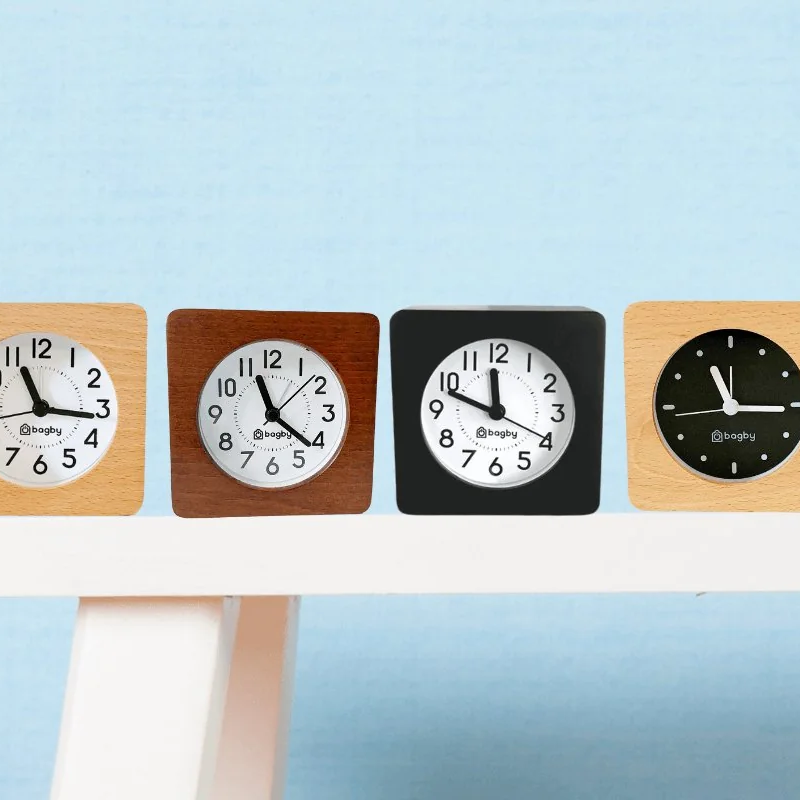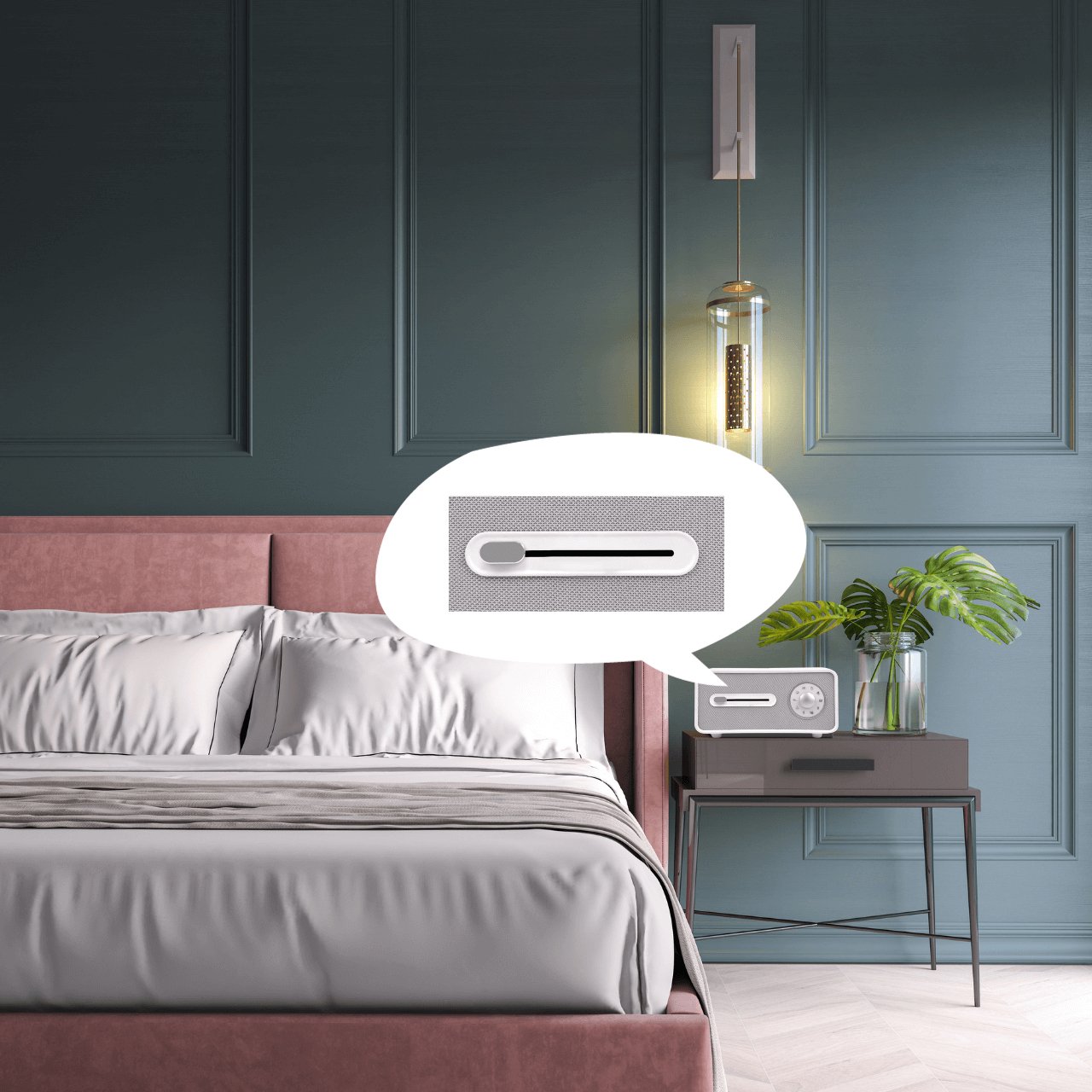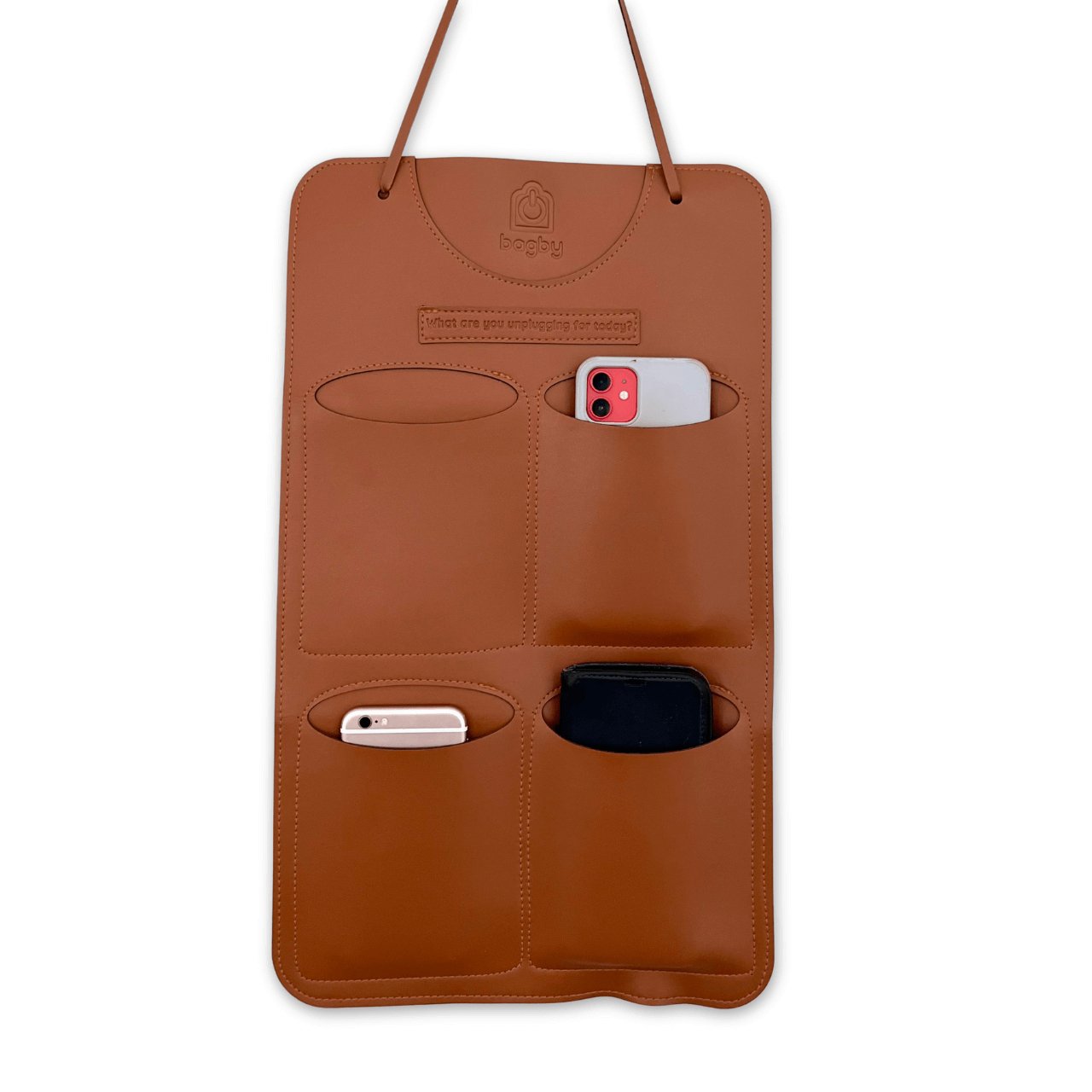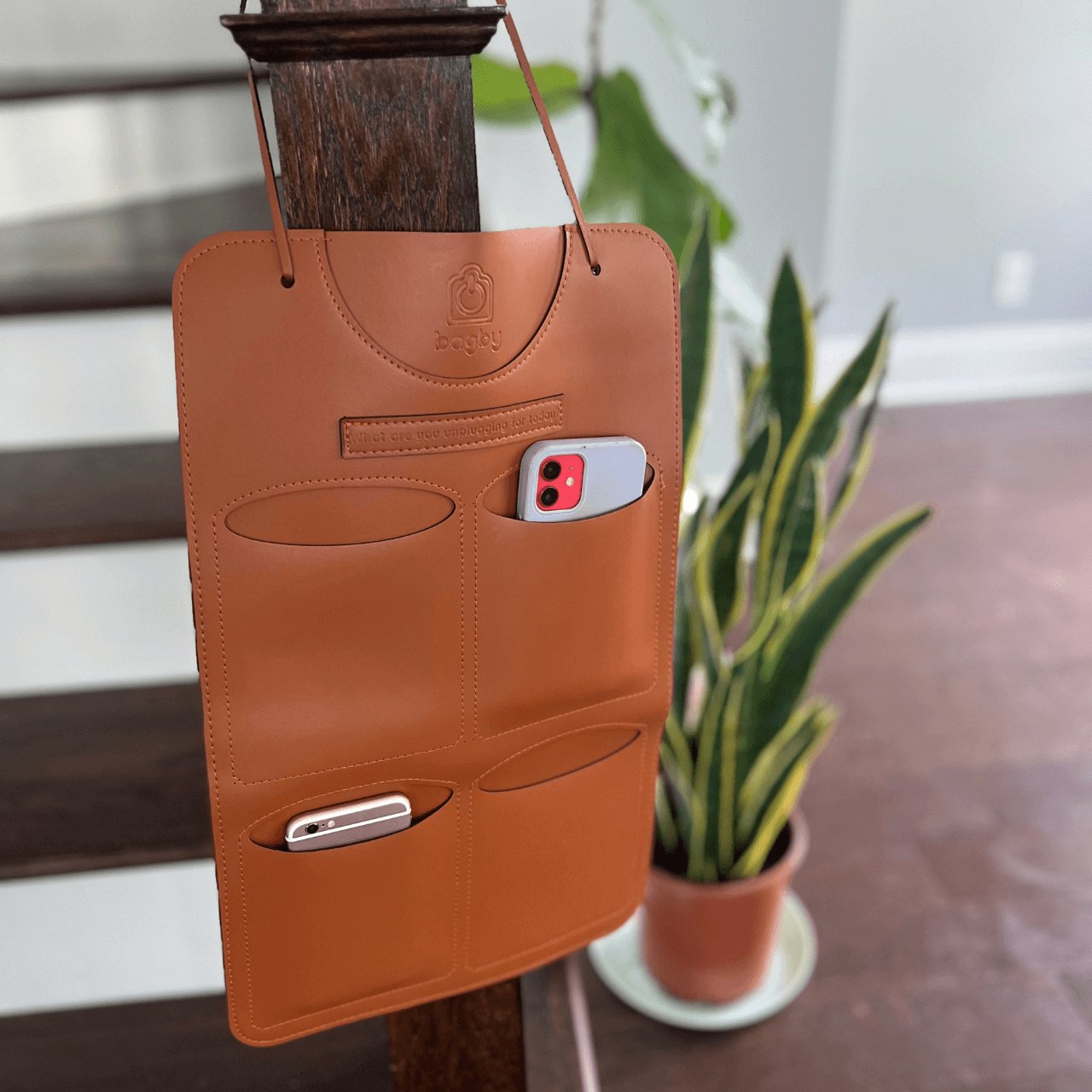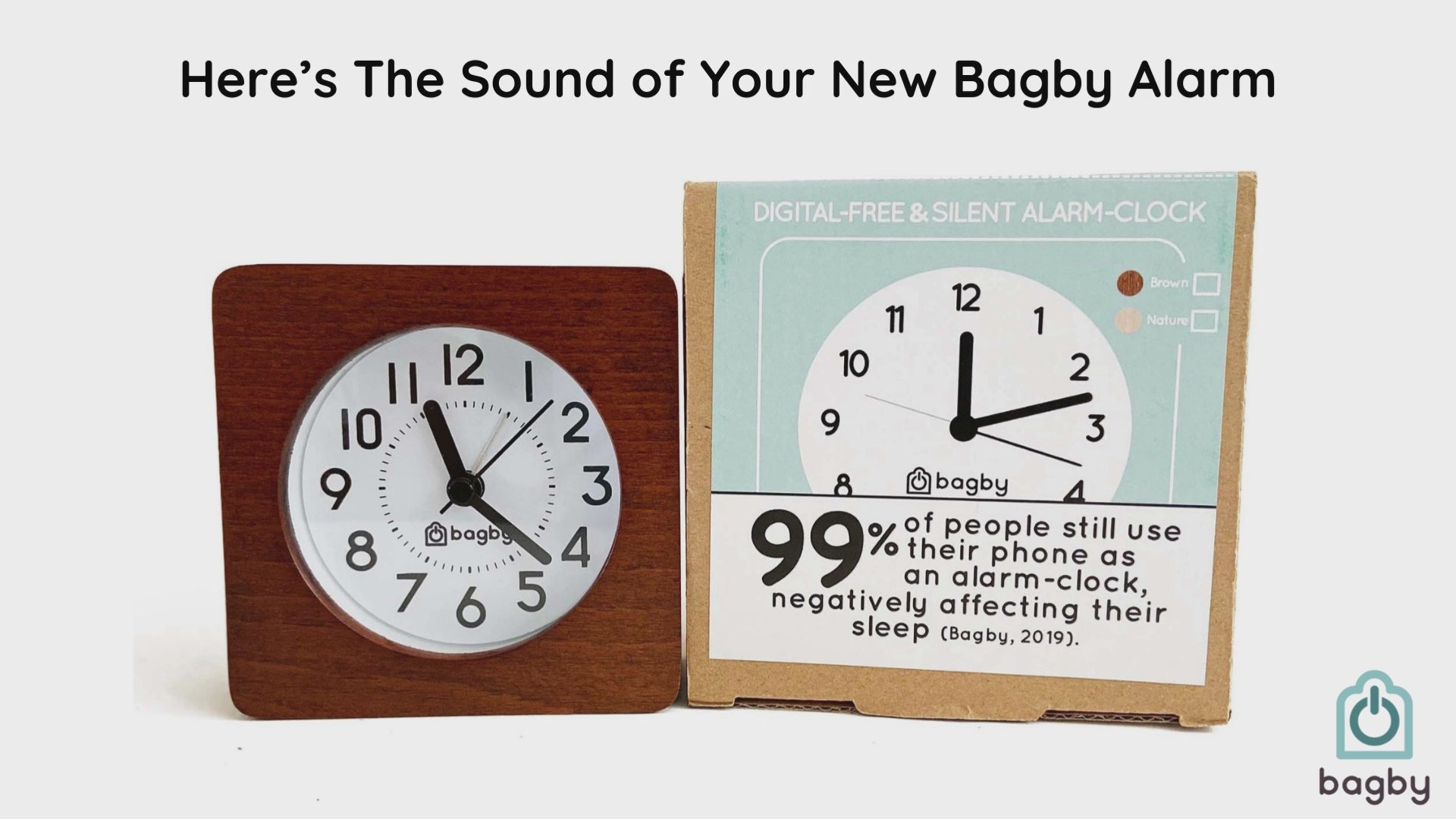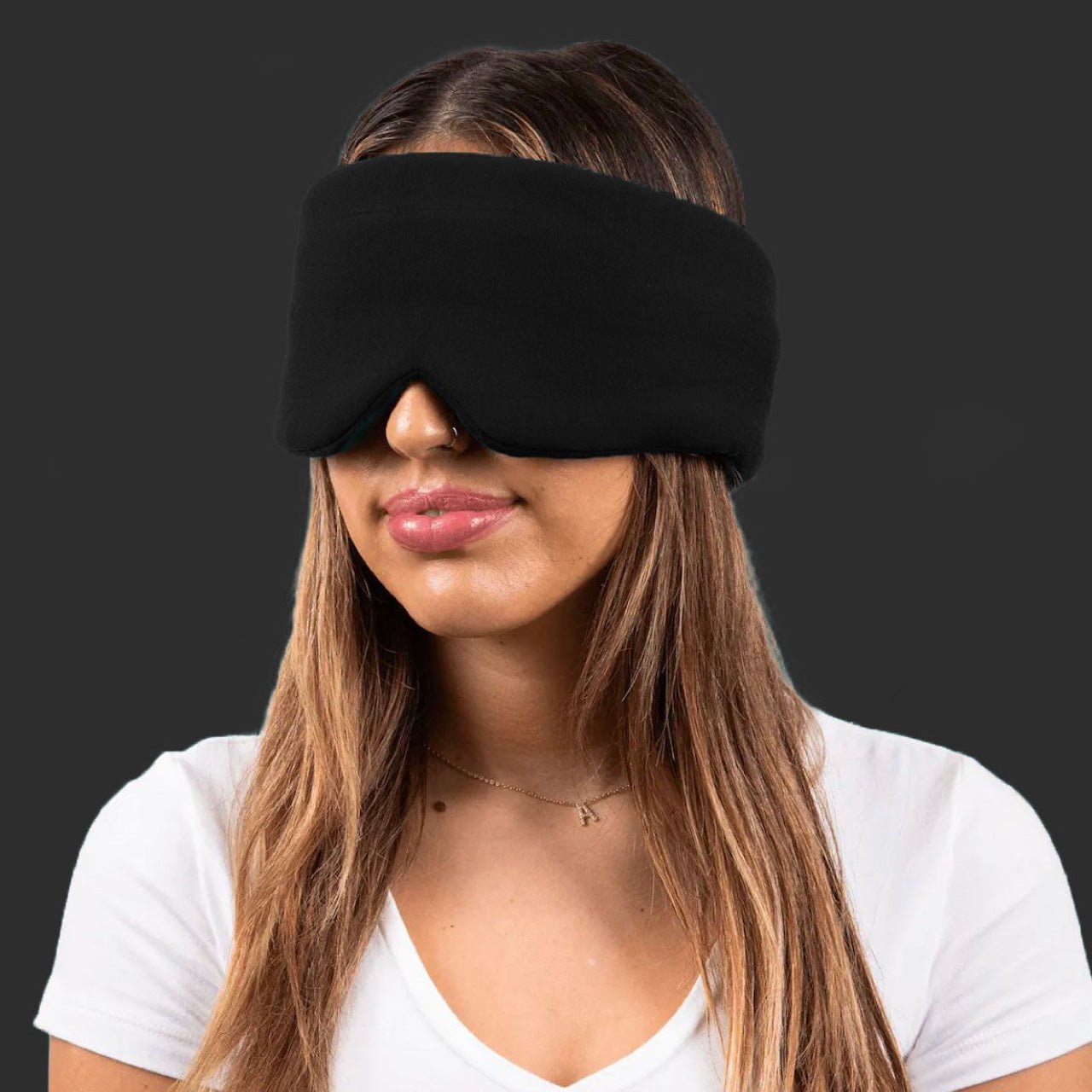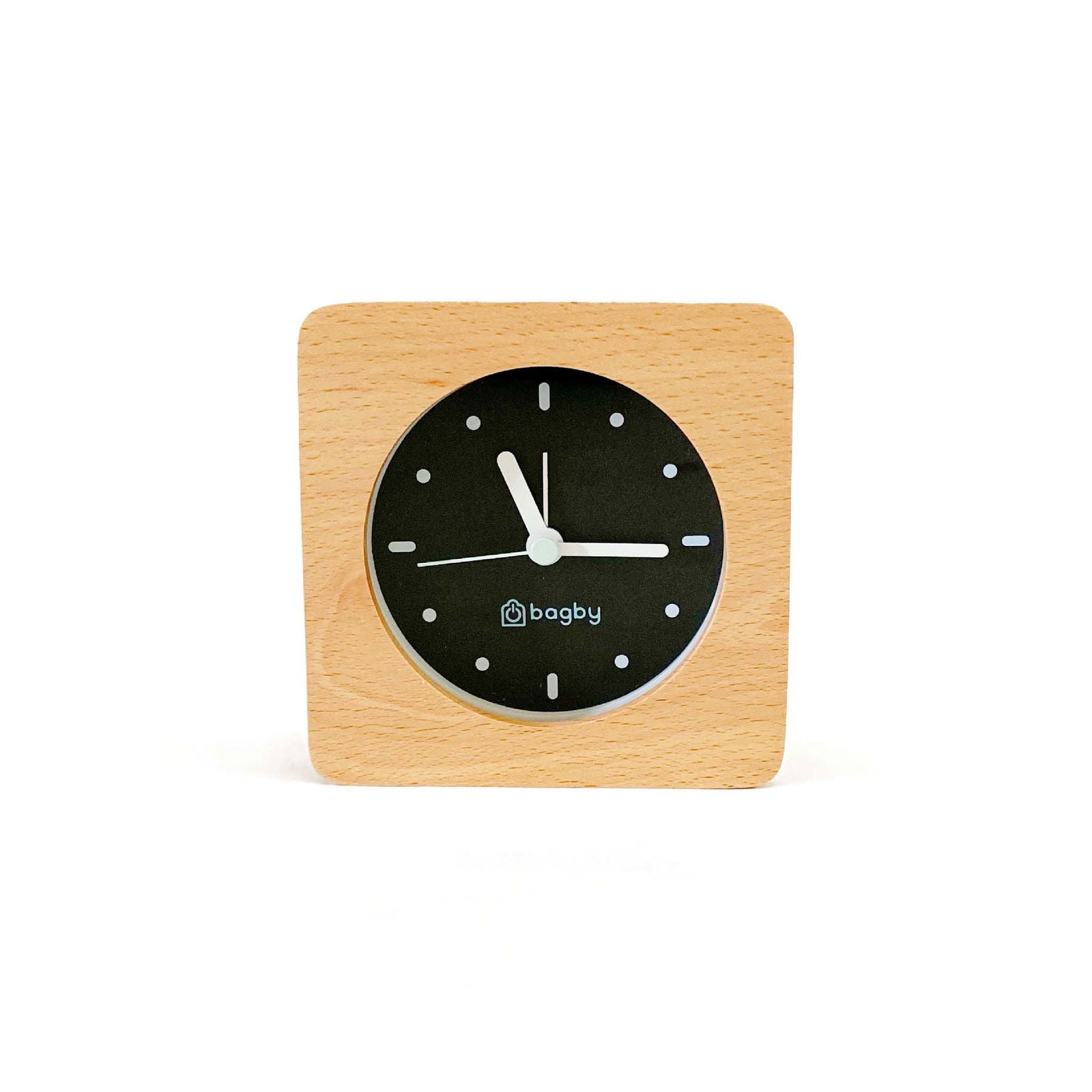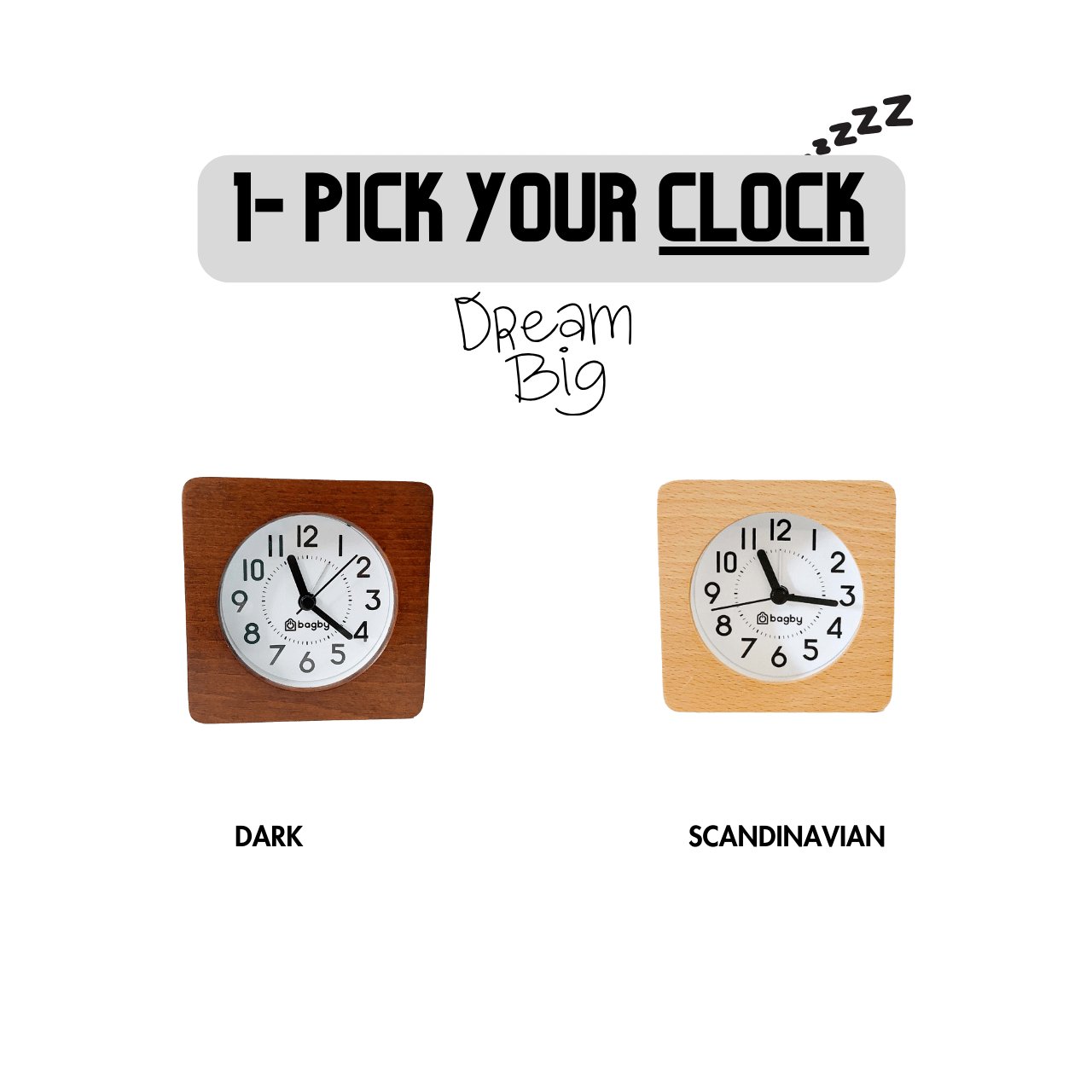Ever wondered what is green noise and why people are talking about different colors of sound?
I found myself asking the same question when one night I was scrolling YouTube for relaxing background sounds and accidentally discovered the world of sound colors.
White noise, gray noise, and this intriguing thing called green noise.
What is Green Noise (and Why It’s Perfect for Sleep)
Picture the gentle flow of a river, the rustling of leaves in the wind, or the soothing sound of rain.
Unlike white noise, which plays all frequencies at the same intensity, green noise emphasizes the mid-range frequencies, making it smoother and softer on the ears.
Think of it as a natural, calming background that feels less like static and more like a peaceful outdoor retreat.
Green noise’s mid-range tones create a balanced, relaxing atmosphere that helps quiet your mind, especially if you’re sensitive to high-pitched or very deep sounds.
It’s no wonder it’s becoming a go-to for those seeking a better night’s sleep or a calming way to unwind.
Whether you’re struggling with noisy surroundings or just looking for a gentle way to relax, green noise could be the perfect solution for your bedtime routine.
Exploring the World of Sound Colors
Each sound color has its unique qualities, much like different shades of paint, and each brings its own effect to the mind and body. Here’s a quick look at some popular colors of noise:
- White Noise: The jack-of-all-trades. It has all frequencies at equal intensity and masks background noise. Think of it as a sound blanket.
- Pink Noise: Softer than white noise, pink noise fades in the higher frequencies. Often used for relaxation, it’s like a soft hum or gentle breeze.
- Brown Noise: Deep and earthy, like a distant waterfall or thunder. Its low frequencies make it grounding and great for people who love a deep, rumbling sound.
- Green Noise: And the king of all sound colors, centered in the middle range of sound frequencies, green noise feels more like a soft touch. It’s the gentle stream of noise that helps you relax without overwhelming your senses.

Why Green Noise Helps You Sleep Better
Green noise doesn’t just sound nice; it works with your mind and body to help you relax and sleep more soundly.
Its soft, mid-range tones can help calm your nervous system, making it easier to drift off and stay asleep.
Here’s how it works:
- Gentle for the Brain: Green noise is calming, making it ideal for those sensitive to both high and low pitches.
- Blocks Distractions: Although it’s softer than white noise, green noise still helps mask background sounds, like distant traffic or a noisy hallway.
- Mimics Nature: Our brains are naturally drawn to sounds of nature, like rivers or wind. Green noise taps into this, creating an environment that feels safe and comforting.
For people living in noisy areas, or those with trouble sleeping, green noise offers an easy, natural way to relax. Combined with a good sleep environment, it can be the perfect recipe for quality rest.
Optimize Your Green Noise Experience with Essential Tools
Creating the right environment can elevate green noise from a simple background sound to a full sleep solution.
Here’s how the Bagby NIGHT Eye Mask and The Sleep Easy Method Course can take your sleep experience to the next level.
Bagby NIGHT Eye Mask: The Ultimate Comfort in Total Darkness
Green noise is most effective when paired with an environment free from other distractions—especially light.
The Bagby NIGHT Eye Mask was designed for exactly this purpose. It blocks light completely, so your mind can focus solely on the gentle hum of green noise.

This mask is made from ultra-soft, breathable materials, giving you a feather-light touch on your skin. It’s adjustable and fits comfortably on all head sizes, so you can sleep in full darkness without any discomfort.
Imagine being wrapped in a cocoon of darkness and soft sound—a sensory hug that signals your mind to slow down, shut out the world, and drift off.
The Bagby NIGHT Eye Mask brings that sense of calm to your bedtime routine, perfect for use at home or while traveling.
The Sleep Easy Method Course: A Guide to Deeper Rest
If you’re still struggling, I recommend taking Cathy Cooke’s Sleep Easy Method Course.
Created by Cathy Cooke, a certified EMF Specialist and sleep expert, this course goes beyond noise to address a full spectrum of sleep issues.
You’ll learn the basics of sleep hygiene, practical relaxation techniques, and even strategies to manage the impact of technology on sleep.
The course includes eight in-depth video modules plus bonus guides and resources, giving you a toolkit of tips to overcome sleep disturbances.
Each module builds on the last, guiding you through habits that can transform restless nights into deep, restorative sleep.
By combining green noise with the knowledge from the Sleep Easy Method, you’re setting up your mind and body for truly restful nights, night after night.
How Green Noise and the Right Tools Can Transform Your Sleep
Green noise alone is a powerful sleep aid, but pairing it with the Bagby NIGHT Eye Mask and guidance from the Sleep Easy Method Course creates a sleep routine that’s hard to beat. Here’s what your nighttime ritual could look like:
- Slip on the Bagby NIGHT Eye Mask: Block out all light and enjoy the soft, comforting fit that keeps distractions away.
- Turn on Green Noise: Let the gentle sound wash over you, creating a soothing backdrop that masks other noises.
- Practice Relaxation Techniques from the Sleep Easy Method: As green noise plays, try a breathing exercise or guided relaxation from the course.
This combination creates a complete sensory experience that promotes relaxation on every level, making it easier to drift into a deep, satisfying sleep.
Let your journey to better rest begin.


